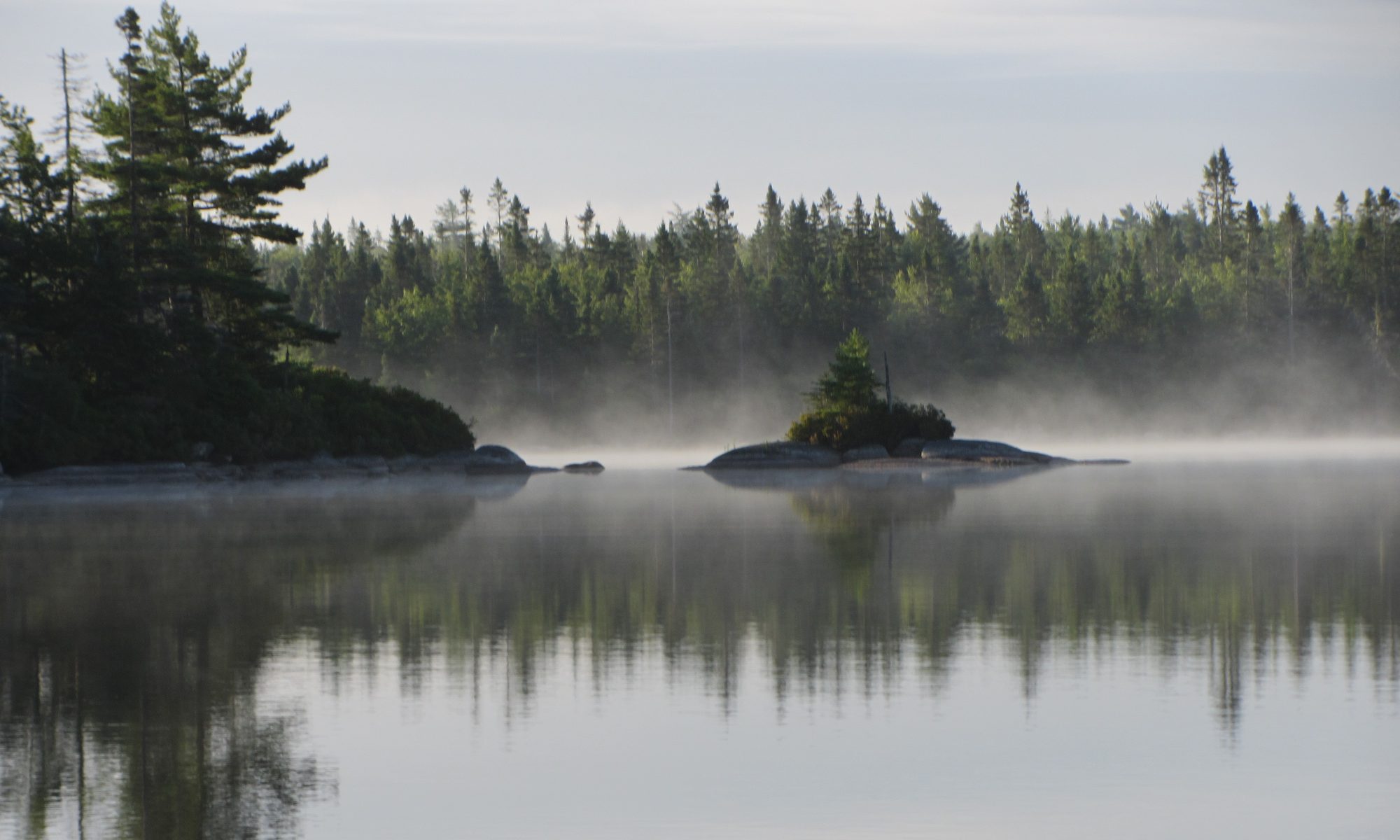A trail user, who for privacy is not identified below, wrote to us with a concern that our plans to proceed with brush cutting and deadfall removal would detract from our enjoyment of many species, as well as depriving other species of habitat. The following is the response from our Co-Chair, edited and reproduced here for all trail users who may share this concern:
6 September 2015
Dear Trail User,
Firstly, I would like to thank you for your interest in our stewardship practices on the Bluff Wilderness Hiking Trail and assure you that the volunteer members of the WRWEO board of directors share your concerns regarding unwarranted and unwanted human impact to this wilderness area. We also share your desire to maintain the trail in as natural and as undisturbed state as possible. I can assure you that WRWEO maintains a strong commitment to promoting “leave no trace” practices on the Bluff Trail and we take our stewardship duties for this wilderness area very seriously.
I can confirm that that the brush cutting and deadfall removal is all part of the standard trail maintenance work that has been ongoing for over ten years. Each year this work is done on two loops (1st and 2nd loop one year and 3rd and 4th loop the next year) so each loop is cleared approximately every 24 months. Without regular bush cutting many areas of trail would disappear in thick brush, making the trail difficult for hikers to follow and discouraging many of our users. The removal of deadfall is strictly limited to the trail surface and does not include the surrounding bush. When large trees fall across the trail they can cause difficulties for hikers and runners both in terms of the physical hazard of traversing the deadfall and also creating challenges in terms of way-finding. An additional problem which arises when portions of the trail are blocked or difficult to follow is that hikers and runners will choose to move around barriers thus widening the path and increasing risks such as soil erosion and weakening tree root systems which will lead to more premature deadfalls and a general pattern of trail widening which we wish to avoid. Therefore, one of our goals is to keep hikers and runners on the trail both for their own safety and in order to reduce the negative human impact on the surrounding area.
I admit there are times when this regular brush clearing maintenance can appear rather harsh; however, the volunteer members of the WRWEO board ensure that each maintenance project is inspected and we make every effort to ensure that best practices for trail maintenance are followed. While more precise “species-aware” cutting might be an ideal approach, there are always limitations for the work crews which perform this maintenance. There are issues of cost, time, and tools, and on occasion there may also be issues in terms of the knowledge and experience of some of the more novice maintenance workers. However, the current condition of the Bluff Wilderness Hiking Trail serves as a testimony to the appropriateness of our maintenance practices and the care exercised by the maintenance crews we have employed over the years.
I would like to thank you again for your interest and concern for the well-being of the Bluff Wilderness Hiking Trail and I hope this information serves to assure you that WRWEO shares your desire to maintain, as much as possible, an undisturbed natural setting for hikers to enjoy.
Sincerely,
Kimberly Berry
Co-Chair WRWEO
